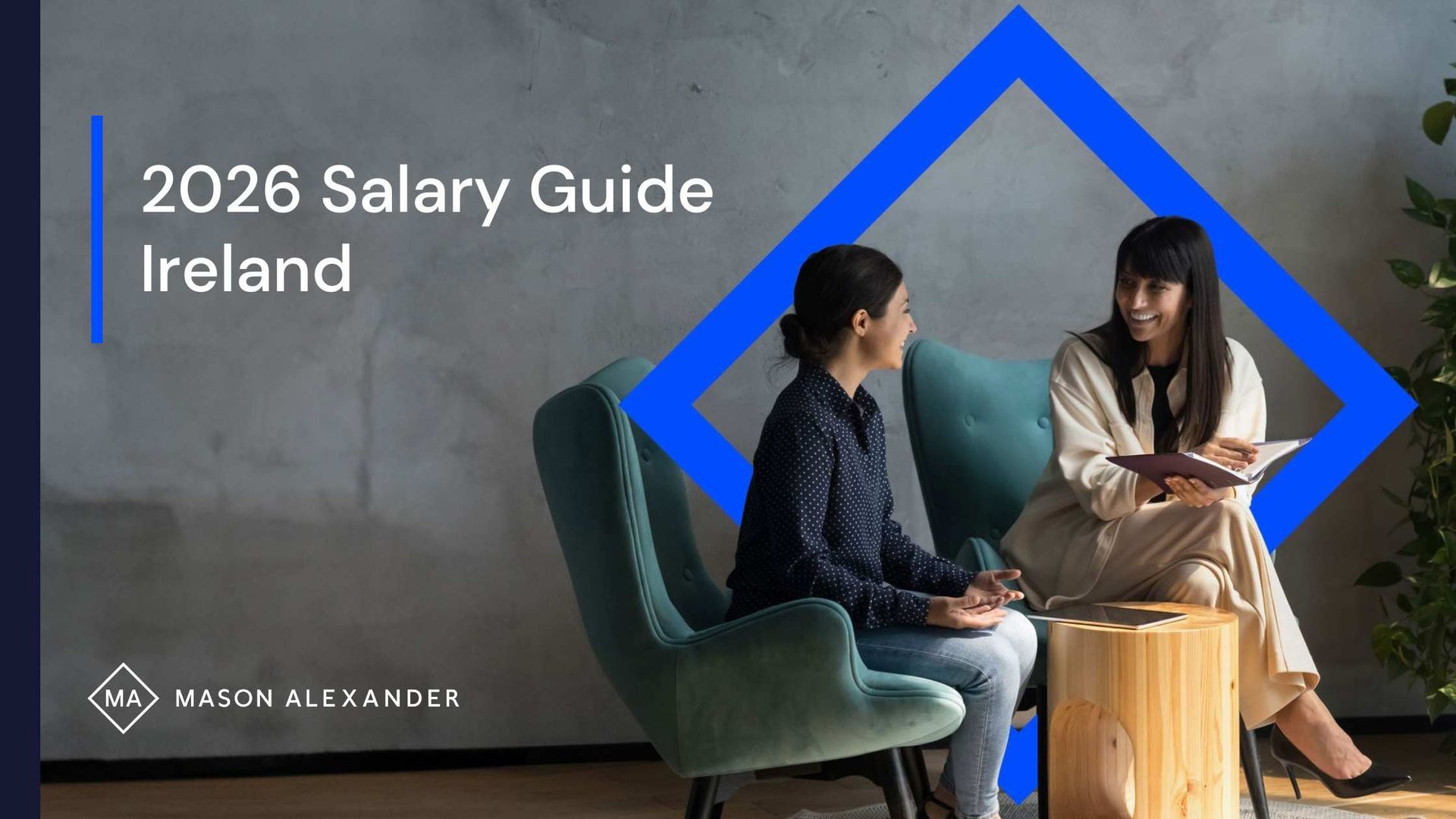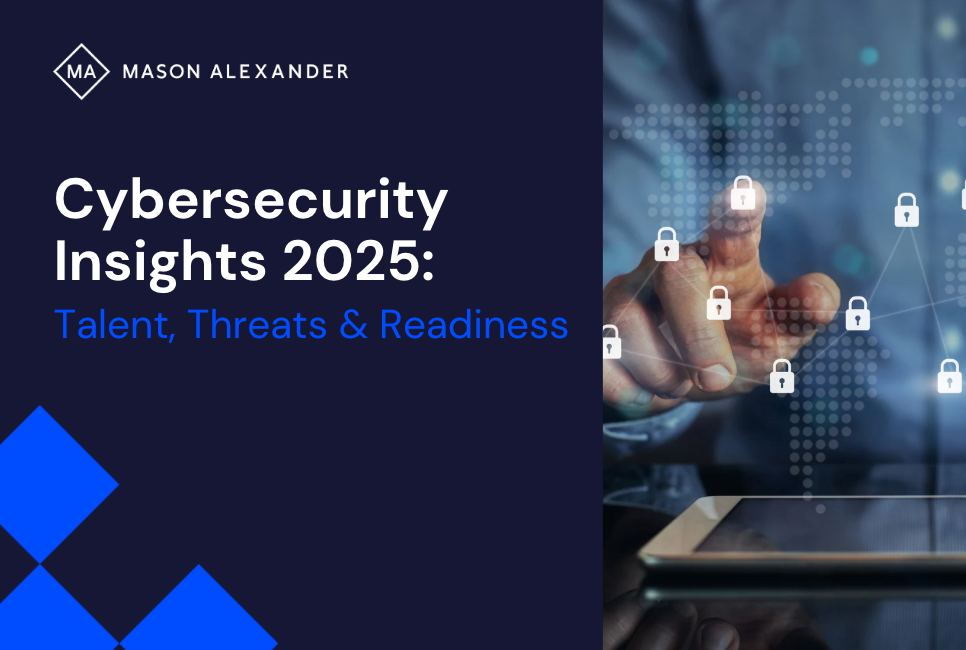Designing Sustainable Inclusion and Diversity Strategies: Mark Fenton
Mark Fenton is the CEO & Founder of MASF Consulting Limited, a specialised advisor on Inclusion & Diversity. As part of his work, Mark supports large and small organisations within Europe in designing and delivering sustainable Inclusion & Diversity strategies and learning solutions to future-proof their success.
We caught up with Mark in the lead up to his appearance on the panel of the Diversity and Inclusion WWMB event to discuss his work in D&I, how an organisation can promote an inclusive culture and how a D&I strategy can affect team members on a personal level.
Tell us a bit about your current role/professional background
I am the Founder and CEO of MASF Consulting Ltd (pronounced ‘massive’), a specialised advisor on Diversity & Inclusion (D&I) and Executive Coaching, which I established in 2016.
I support large and small organisations within Europe, across all sectors, in designing and delivering sustainable D&I strategies and learning solutions (from bias awareness to inclusive leadership) to future-proof their success.
What is the best piece of advice that you have ever received?
“Recognise the diversity of your unique skills and experience and believe in making a difference”
This advice came from Denis Duverne, now Chairman of AXA Group, who hired me out the relative obscurity of my career as an internal auditor in London as his Chief of Staff to be based in Paris, because he was ‘looking for diversity’. He was my strong sponsor for the next 9 years I spent with the Group, including my time managing the D&I programs globally.
Can you recommend any habits that have helped your professional life?
I am an organised person who is keen to understand how things (and people) operate and I also like meeting people and building relationships.
Strange as it may seem to some, these habits fitted my 12 years as an internal auditor as it helped me be good at what I did (build credibility) and be able to develop trust relationship (build connections so that people would tell me where the problems lay and I could use my skills to provide solutions).
And these habits fitted the 12 years since, as a chief of staff, as a business developer and account director, as a corporate executive and as a businessman.
How would you define your professional values?
As above – be organised, be trustworthy – and also be willing to continually learn about yourself and others.
Why is diversity and inclusion important within an organisation?
Businesses today face 3 key challenges – how to attract, retain & develop talent; how to understand and engage with customers; and how to out-smart the competition.
A strategic approach to D&I enables an organisation to overcome these challenges. Creating a trusting, inclusive & supportive working culture supports the talent you have and helps them develop, while also acting as a tracker beam to enlist new talent from all backgrounds, skillsets and perspectives. This diversity – properly included – is the key to success in an ever more dynamic and diverse marketplace. Being more diverse enables businesses to understand and anticipate customer needs so as to serve them better. Finally, getting diverse voices and views in the room and supporting constructive debate will spark creative and innovative ideas that will future-proof business success.
How can an organisation promote an inclusive culture?
By recognising the strategic importance of D&I in the first place (e.g. see Q5 above) and the fact that we are all unique – in our perspective, expertise, experience – and that makes us special and of interest and use to each one of us.
Creating an inclusive culture is not something that happens overnight or without effort. Significant progress can be made by designing and communicating a clear vision and action plan for why it is important, who is involved (i.e. everybody) and what we can do, like implement progressive policies & practices, education & awareness (the impact of our biases on our decision-making; how to be an inclusive leader) and the metrics & transparent accountability.
It is often the small things that matter too – talking to people instead of hiding behind digital messages, recognising work and saying thank you, asking for opinions and really listening to the answers, allowing dissenting voices to be heard etc.
How can a leadership team ensure a commitment to diversifying their workforce?
They must first believe in this strategy themselves – intellectually and emotionally. They must be accountable for its success, or failure, and be willing to walk the talk and be a D&I ambassador.
Diversity is a team sport and so it cannot be left to one individual. The whole leadership team have to own it.
Diversity in and of itself should not be the main goal. It is the inclusion of diversity that is essential.
What do you think are the biggest obstacles that an organisation may face when implementing a D&I strategy? Do you have any examples?
It’s hard! People sometimes have a mistaken view that it is an ‘easy fix’. It isn’t.
It can be controversial to some. Culture transformation (which is what implementing a D&I strategy is all about) will require some challenging conversations and action.
Being diverse about diversity – it’s not a ‘women’s issue’ or just related to a particular cohort of society. A successful D&I strategy is one that is holistic and clearly connected to the business strategy of the organisation.
Being inclusive about inclusion – success depends on everyone getting involved i.e. men supporting greater female representation (I recall a time when I was the only man at a National Women’s Council of Ireland inclusion conference), and female talent sponsorship, non-LGBT communities being a supportive friend to LGBT, able-bodied working to discuss and defend disability rights etc.
What effects can no D&I strategy have on an office culture? Do you have any examples?
Having a D&I strategy document that is not a lived in reality is of little impact. The key is to have policies and minimise the gap between them and practice.
No strategy means no attention paid to the topic. If it’s not measured; it’s not done. As Lee Iaccoca said ‘people don’t do what you expect; they do what you inspect’
No strategy also means no ownership, no accountability and no incentive to change behaviour.
How does a lack of a D&I strategy effect employees individually? Do you have any examples?
A lack of a strategy and focus on the need to encourage diversity and be actively inclusive leads to some employees’ voices / ideas not been heard or valued. This restricts the growth of a trust environment which limits engagement and productivity. The converse is true and a strategic approach to D&I will lead to more confident, open, vocal, creative, engaged and successful employees.



